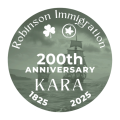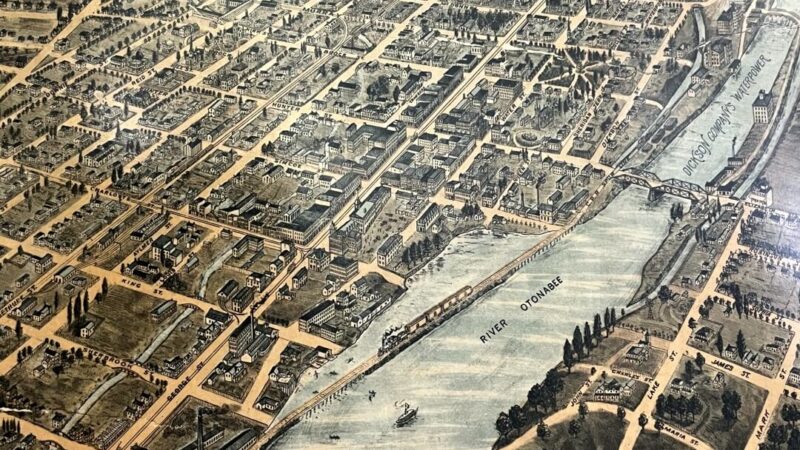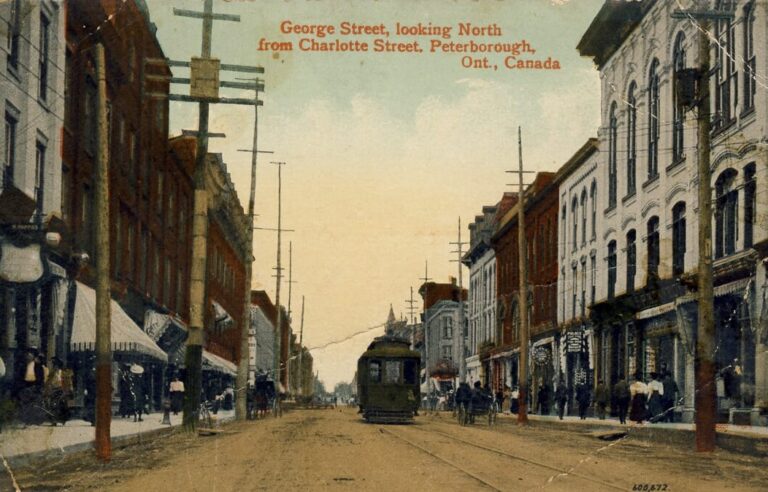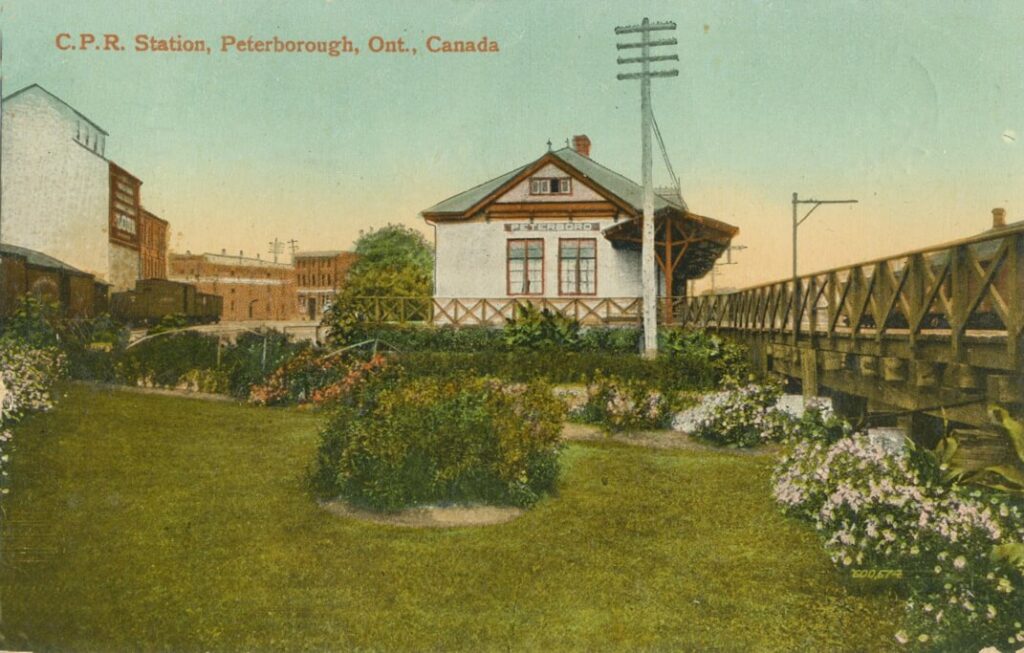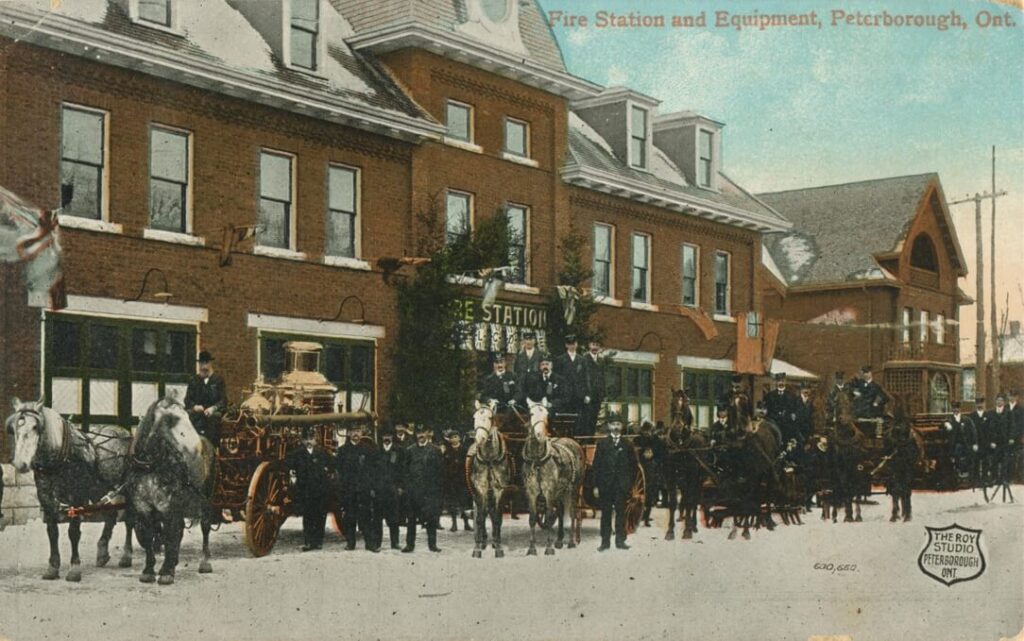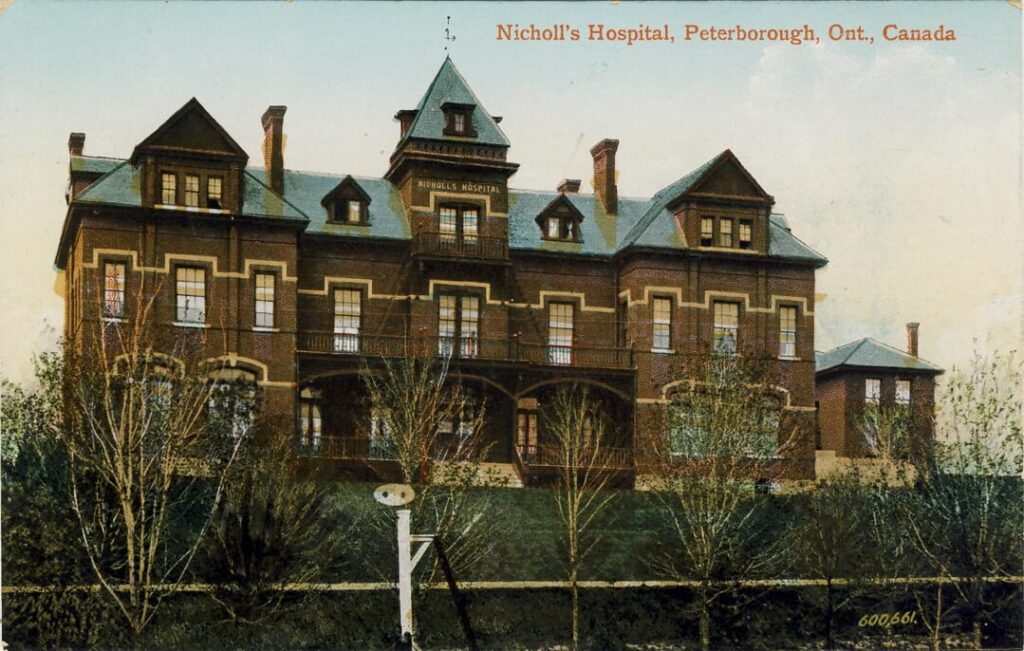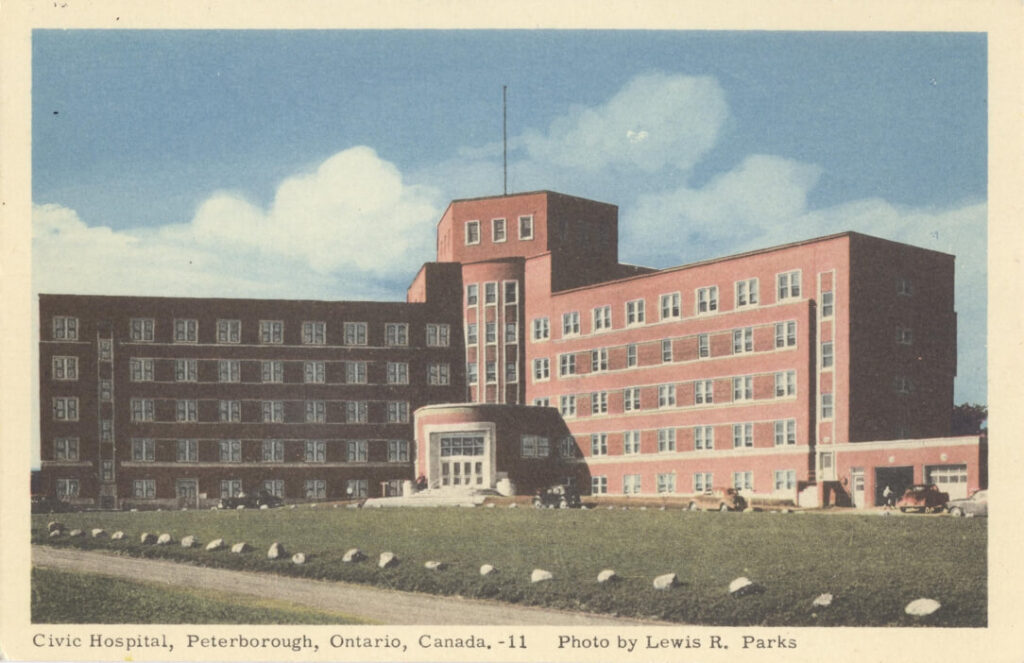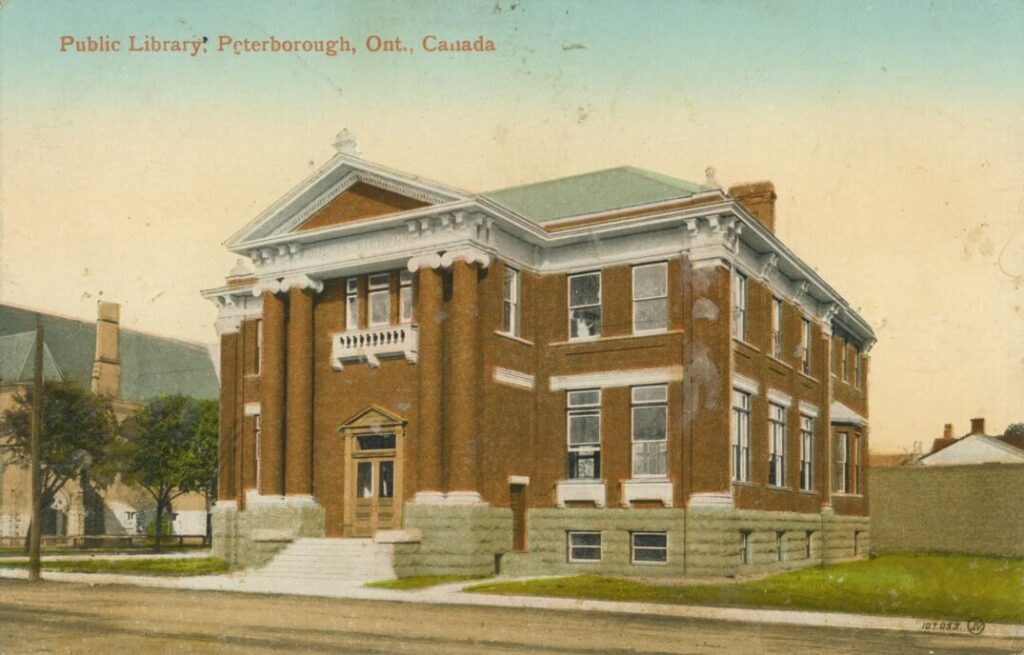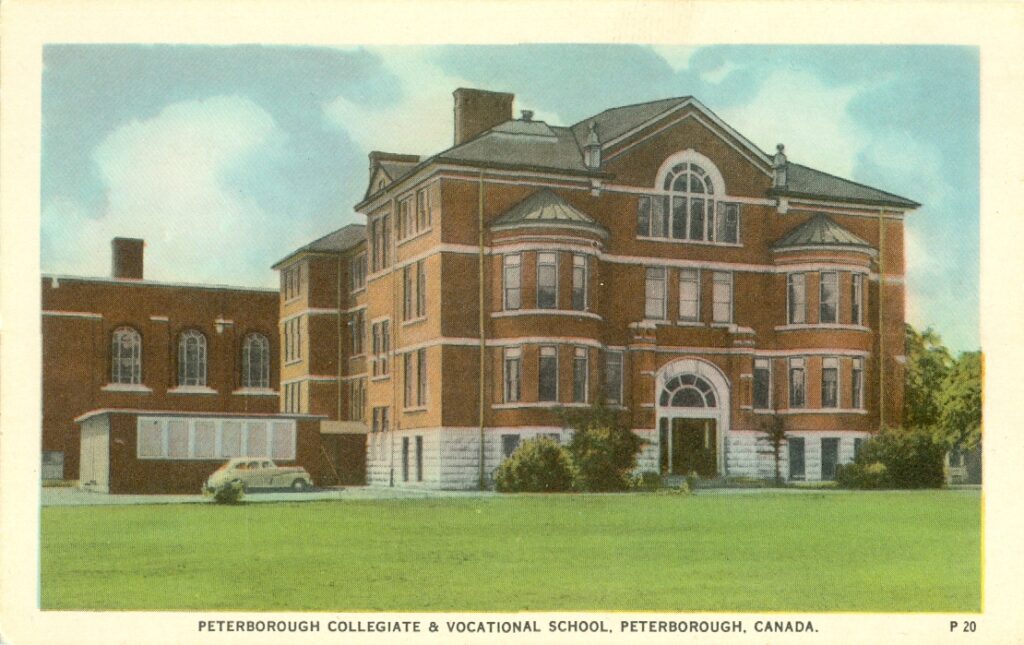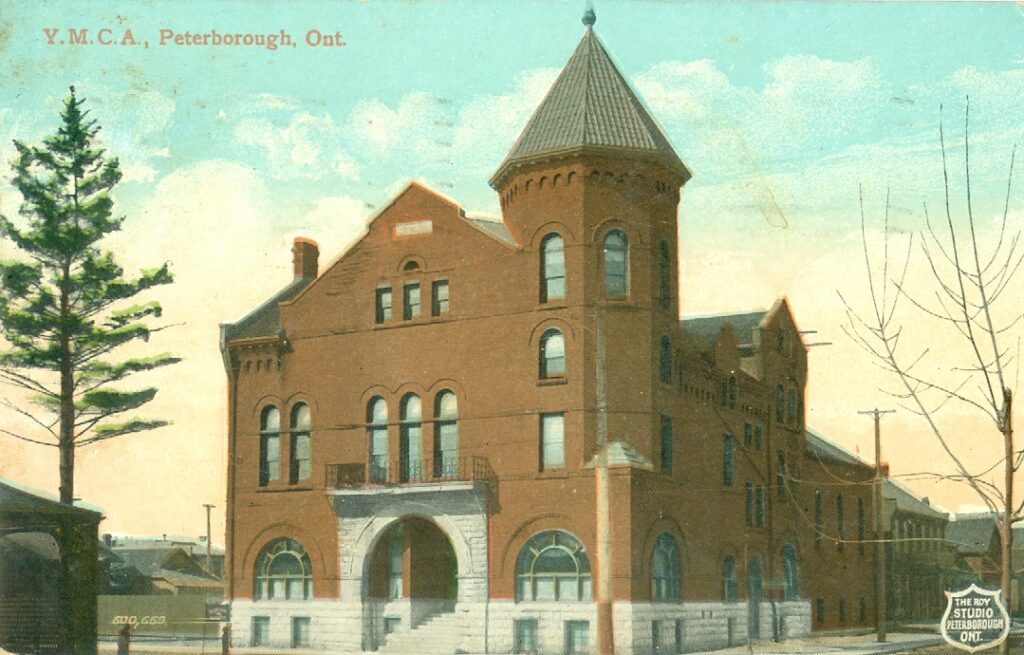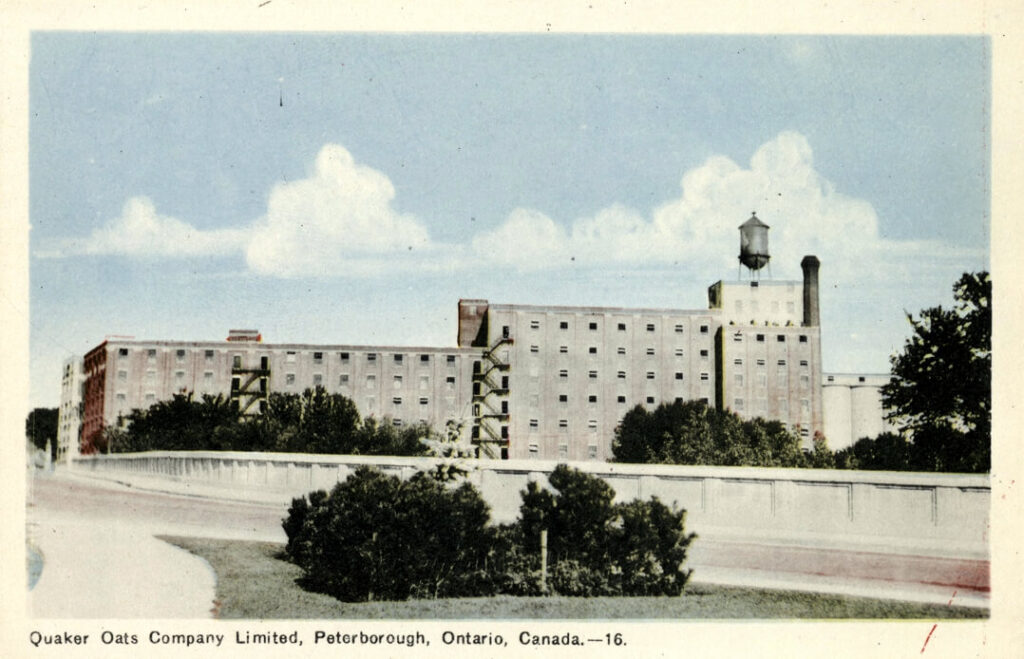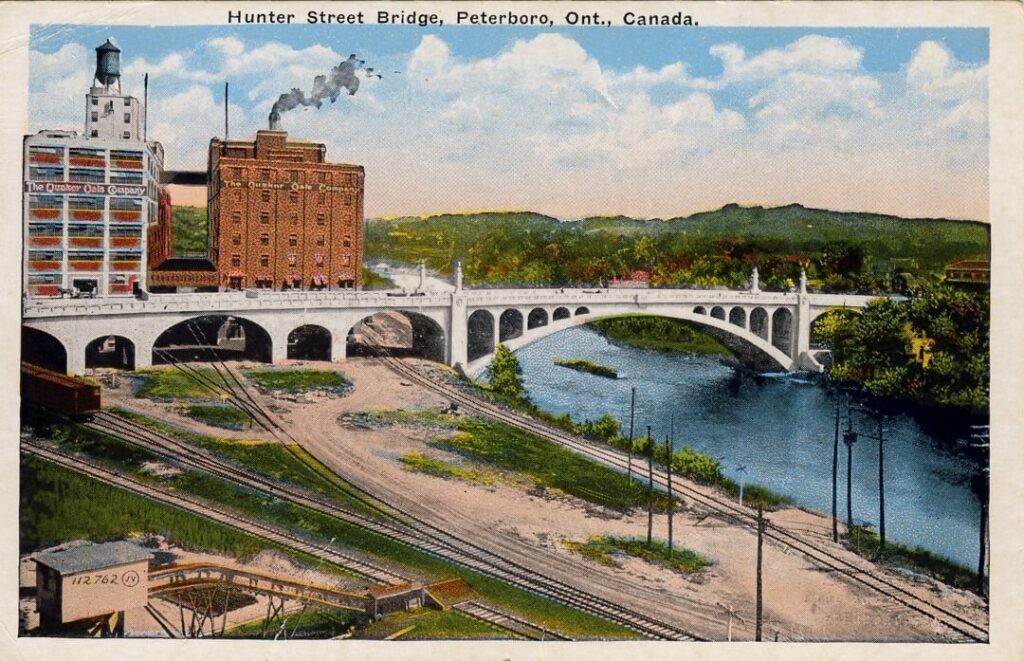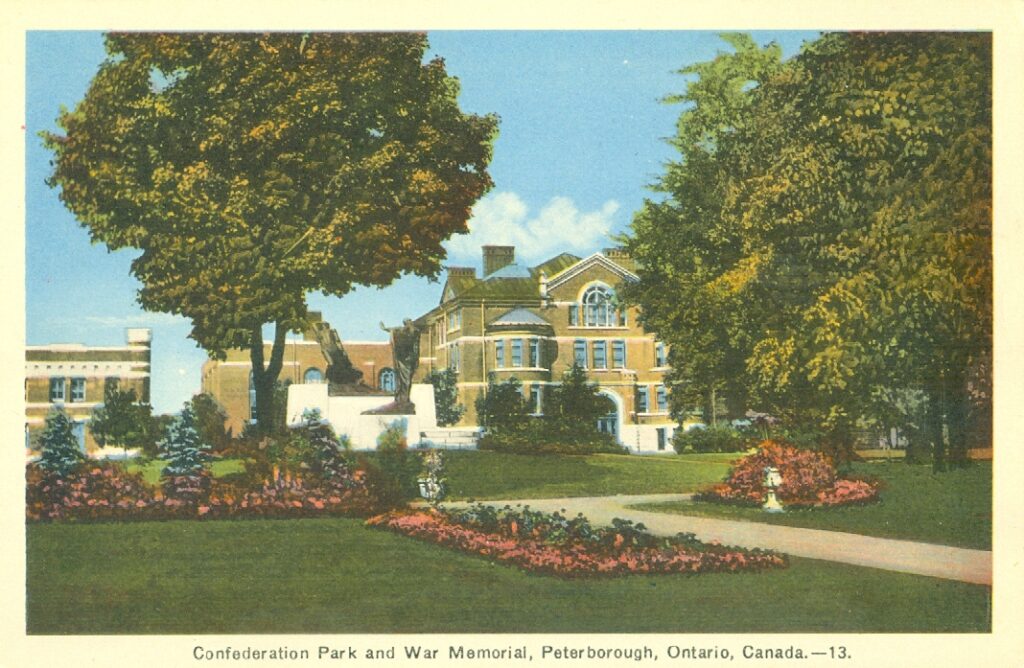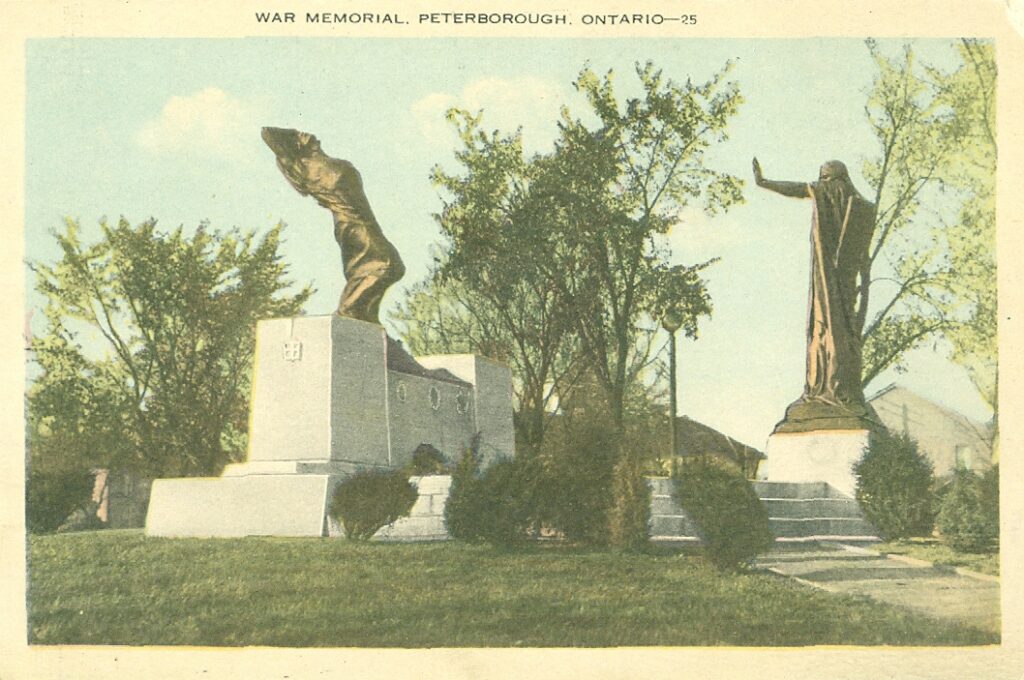Take a virtual stroll around Peterborough
Peterborough
A Little History
Turn of the Century - 1900 Begins
The Early 1900s
By the turn of the century, bringing us to the opening years of the 1900s, Peterborough was on the verge of moving away from its designation as a town.
George Street is daily a busy place, filled with shoppers. Stationary can be found at the Times Printing Company and a little further along is the Kingan Hardware Store. The Tinsmith, George Hutchinson is open daily for customers, as is John Miller with his Boot & Shoe Maker shop.
If you are searching for a new outfit, perhaps a visit to Lang and Maher’s Clothing Store or to Ida Dunlop the Dressmaker. For those interested in pianos and organs, there is the Peterborough Music Company who additionally sell sewing machines.
If it is a new building or dwelling that is on your mind today, then perhaps an appointment with Belcher & Heathcoate will bring some answers for you.
Peterborough Lift Lock
A structure recognized around the world, the Peterborough Lift Lock was designed by Richard Birdsall Rogers. He held the position of Superintendent of the Trent Canal, which is part of the Trent Severn Waterway.
Construction began in 1896 and took another eight years to be completed. Excavating the site and building the two concrete towers was contracted to Corry and Laverdure, a Peterborough company. The remaining construction, all the metal work, was completed by the Dominion Bridge Company of Montreal.
An impressive structure, the Lift Lock holds more than one “first”. It was the first lock built of concrete and at the time of its building, was the largest structure in the world that was built of unreinforced concrete.
With great ceremony, the lock was officially opened on July 4, 1904.
CPR Station Peterborough
Located at 175 George Street, the Canadian Pacific Railway Station (CPR) was constructed in 1884. It would not only bring passenger traffic into the town but was part of a plan to link communities of Ontario and Quebec to smaller centers in Western Canada.
Plans were presented to the local Town Council in March 1884 by the CPR. The design for the new station was completed by May that year and the station itself was built and opened by the close of October the same year.
In the year 1888-1889 the CPR was a thriving business in the town of Peterborough. J. P. Dunn was the Station Agent and Thomas E. Boddy the ticket agent. Alfred Edmunds was the telegraph operator and James Ellis was an operator for the C.P.R.
Other local people worked for the railway. Patrick Gorman was the Section Foreman while John McMahon and James O’Brien were section-men. Joseph Harris and William Taylor both worked for the CPR. Peter J. Henselwood was a carpenter and Walter Monday a painter, both in the employ of the company. John McDonald was a checker at the station.
Fire Station
In 1884, the Fire Chief was Thomas Rutherford and the Assistant was Samuel Clegg. John D. Craig was secretary for the Brigade.
In 1888-1889 the fire station was described as having wainscotted walls and papered ceilings. For equipment they had a No. 3 Silsby steam powered fire engine and a two-horse hose wagon that was capable of carrying 1500 feet of hose. They also had a two-wheel hose reel with a capacity of 800 feet of hose, a hook and ladder truck and other extension ladders, pike poles, hooks, axes and buckets.
The Chief of the Fire Department in 1903 was Thomas Rutherford. Walter Parnell and John Montgomery were drivers for the department. Firemen included James White, George Pratley and Albert J. Mitchell.
Nicholl's Hospital
Nicholls Hospital was first opened in August 1885 in a building on Charlotte Street, known as Moira Hall. It was soon found to be inadequate to meet the needs of the community and a new hospital building was constructed. The second hospital building, shown here, was endowed by Charlotte Nicholls. It opened in January 1890.
One of the nurses at the hospital in 1903 was Mary Malone. Other nurses were Ida Houlehan, Edith Finley, Edythe Dick,
Mary Hull, Laura Chrow and were house-maids. James Head was the gardener. William Baylis was the janitor.
St. Joseph's Hospital
The plans for St. Joseph’s Hospital were completed under the leadership of Bishop Thomas J. Dowling. From 1887 through 1890, the site was chosen and construction of a twenty-five bed hospital was completed. The opening ceremony took place under Bishop R. A. O’Connor on 20 August 1890. The Bishop had asked the Sisters of St. Joseph to come to Peterborough to provide for the care and operation of this new facility.
One of the first to attend to the sick at the new hospital was Sister Geraldine. She was born Joyce Chidwick in 1861 in New York City. One of the founding Sisters for the hospital, she died in January 1899. It was under the leadership of Mother St. Michael (O’Brien), then Superior of the hospital, that St. Joseph’s School of Nursing was started in 1906. One of the early graduating classes was in 1909. Miss Frances O’Leary was one of six nurses who received their diplomas.
Civic Hospital
In the early 1940s the need for a new hospital was recognized and a plan set in motion for the governing of the old hospital and construction of a new one. Building of the new Civic Hospital took place over the years 1943 through until its opening in 1950. The Committee approved the construction of the north and west wings of the hospital to begin. These two wings were nearing completion before building commenced on the east wing. The official opening of the new hospital took place on May 20, 1950.
Mary Dawson who lived on Montgomery Street in town, was a nurse at Civic Hospital in 1950. She was a recent graduate of the hospital’s nursing program.
Meryl McMullen was another nurse working at the hospital in that same year. Ellen Abernethy was also nursing at the hospital in 1950.
Public Library
First known as the Mechanics Institute of Peterborough, the local library was established in 1868. Located on Water Street in town, it offered a good selection of books and also a reading room containing Canadian and American newspapers, periodical and magazines.
From time to time, a series of lectures were offered to the public. These focused on historical and scientific subjects. As well, evening classes for further education were held at the library.
In 1884, the President of the Institute was Andrew McFarlane. Vice-Presidents were William English and George Munro. The Secretary-Treasurer was J. Corkery and directors included J. E. Belcher, A. W. Brodie, E. J. Toker, Dr. Clark, Rev. Vincent Clementi, E. Courtney, S. English, Richard Hall, W. H. Law, F. J. Lewis, A. P. Poussette and Robert Robertson.
Peterborough Collegiate
The Union School was renamed the Collegiate in 1871, when the government ended the use of the term Grammar School in favour of calling the schools by the more modern name. It became quickly evident that the old school was not adequate to the increasing numbers of students attending.
The Corner Stone for a new school was laid on August 1, 1907 and Peterborough Collegiate opened in 1908. To promote school spirit, the students were assigned to one of four “houses”, Keswick, Caernarvon, Warwick or Wiggin. As students participated in activities during the school year, points were earned for their house.
In 1927, a Vocational School was added to the Collegiate, which brought about the name change to Peterborough Collegiate & Vocational School.
PCVS celebrated its 100th Anniversary in 2008 with a well attended reunion. The school was officially closed in June 2012.
Peterborough Y.M.C.A
The Peterborough Y.M.C.A. began planning its own building in the early 1890s when a legacy was gifted from the Estate of Mrs. Charlotte Nichols. The funds were invested and allowed to grow for a few years. In 1895, a new building was approved. Designed by William Blackwell, the original building was three stories and rectangular in shape.
The new facility opened in 1897. Soon its turreted tower became a well recognized local feature at the corner of George and Murray streets.
Over the years, additions were made to the original structure to accommodate more activities. The 1930 addition was planned by Walter Blackwell, son of the original designer.
Quaker Oats
First known as the American Cereal Company before it was called Quaker Oats, this mill opened in town in 1890s. At one time, to keep the mill supplied with enough oats for one entire year, it would take about 100 square miles of planted crops.
For decades, the company had a huge steam whistle that rang out across town. Early in the day, at 8 a.m. the call was for everyone to come to work. The whistle rang out again at noon for lunchtime, then at 1 o’clock to come back to work and finally once more at 5 p.m. to signal the end of the work day.
By 1903 the company was employing a large number of local people. Charles Adams and Herbert Larmouth were engineers at the mill. Workers included Joseph Agnew, Kate Allan, Samuel Bickell, Maud Burns, Bernard Cadigan and Annie Emory among many others. Millers included John Bailey, George Edwards and Edward Packenham.
Hunter Street Bridge
The present day bridge that spans the Otonabee River from Peterborough into Ashburnham, is not the first nor the second Hunter Street structure. As early as 1847 a bridge existed at this point of crossing. In time it gave way to a wooden truss bridge and that in turn was replaced by a cast iron bridge. Sadly this last bridge collapsed in 1875 and was replaced by a wrought iron structure. It was this last bridge that was removed to make way for the modern concrete arch that now spans the river from east to west banks. After months of discussion and proposals, the building of this bridge was started in 1919 and brought to completion in 1921. The Hunter Street Bridge was finally opened to the public on the long weekend in August 1921.
Confederation Park
Since the original Crown Patent, this land has remained in public use. From 1825 through until August 1851, it was known as The Burial Ground. With the opening of Little Lake Cemetery in 1851, The Burial Ground was closed and remained as it was for the next twenty years.
In 1877, local residents began asking the government for the land, inclusive of the entire old Burial Ground, to be declared a park. On August 18, 1884, the Town Council named it Central Park.
In 1927, on the occasion of the Diamond Jubilee of Confederation, Central Park became known as Confederation Park.
The War Memorial
The Peterborough Red Cross began working on a War Memorial in late 1919.
Walter Allward created the design, the work being done between 1921 and 1929. The site for the monument was Confederation Park, an area where the soldiers had gathered before departing for overseas. It was also where they came back to upon their arrival home.
The War Memorial was unveiled on 30 June 1929. On the base of one of the statues was inscribed the names of those who died overseas in WWI. With the passing of years, the names became weathered and unreadable. In time a bronze plaque was made including all their names and it was affixed to the base of the statue over top of the worn away earlier listing. In 1978, additional bronze plaques were added to remember the names of those who died in WW II.
Victoria Park
In the late 1830s, when the town of Peterborough was selected to become the principal town of the Colborne District, that distinction came with the need to also build a Court House. Jordan Reed was at the time, the public land surveyor and, he recommended that lots 5, 6, and 7 be chosen for this purpose. The Court House was built at the crest of this rising slope of land.
The broad expanse of land in front of the Court House was designated as the Court House Square and in time it came to be known as Victoria Park.
In the 1880s the park was landscaped and established as a public park. A fountain was installed and flower gardens added to complement the long upward sweeping walkway to the entrance of the Court House.
